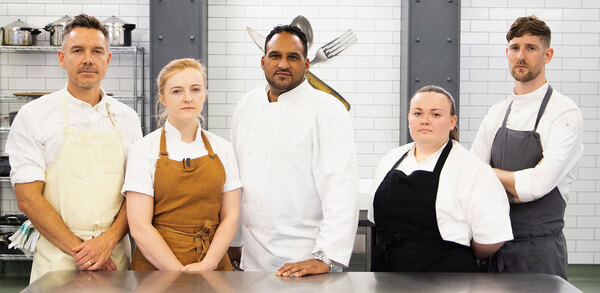Over 13,000 hospitality businesses closed since 2020
More than 10% of the UK’s hospitality businesses have permanently closed since the start of the pandemic in March 2020, new figures show.
The sector now has 13,037 fewer sites than it did before venues were first ordered into lockdown less than three years ago.
The figures come from the new Hospitality Market Monitor from AlixPartners and CGA by Nielsen IQ, which showed a steady rate of closures continued into last year.
Rising energy bills and other costs saw 1,611 UK hospitality businesses permanently close in the fourth quarter of 2022, the equivalent of nearly 18 a day.
Hospitality recorded a drop of 4,809 premises across the whole of 2022 with more than three quarters shutting their doors in the second half of the year.
Nearly nine in 10 businesses that closed in the fourth quarter were independents as small businesses weakened by the impact of Covid were forced to close.
The Market Monitor said many closures last year were the result of spiralling costs, which hit profit margins and made real-terms growth difficult. Fragile consumer confidence, rail strikes and labour shortages have also made it a challenging start to 2023 for many operators.
“While Covid took a heavy toll on hospitality, these figures suggest the energy crisis is having an even more damaging impact,” said Karl Chessell, CGA director for hospitality operators and food, EMEA.
“Given all the pressures, a drop of more than 1,600 venues in three months is quite shocking and every closure represents a sad loss of jobs and disappointment for communities and operators.
“Although consumers remain eager to visit pubs, bars and restaurants, thousands of vulnerable businesses are at risk after three years of turmoil from Covid and inflation.”
Graeme Smith, managing director at AlixPartners, said casual dining restaurants, nightclubs and independent businesses had suffered the highest closure rates.
“What is clear is that, without further government support, the energy crisis has the potential to take a bigger toll on hospitality than Covid and if the current rate of closures continued, we would see Britain’s number of licensed premises fall below 100,000 some time this year,” he said.
“Not every business is suffering equally, but even the stronger operators with robust balance sheets are opting to conserve cash and wait out this storm at the current time.”

















